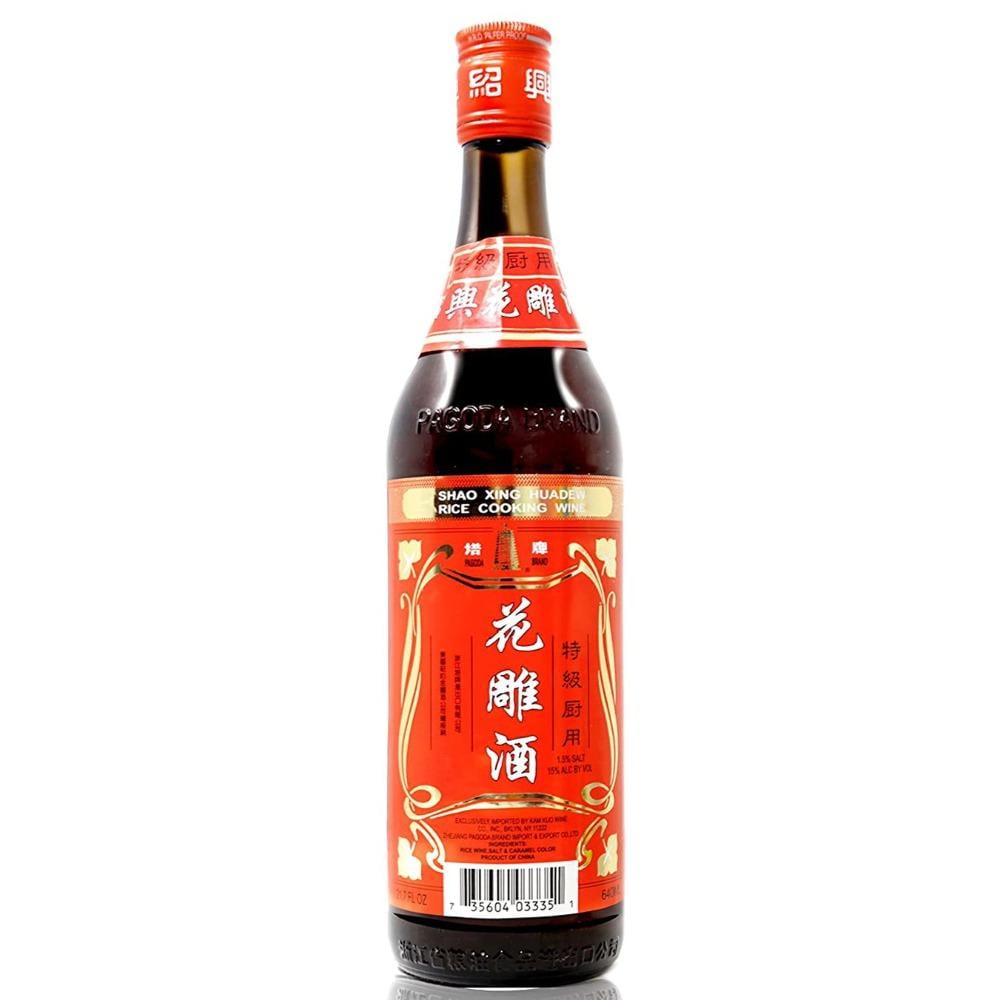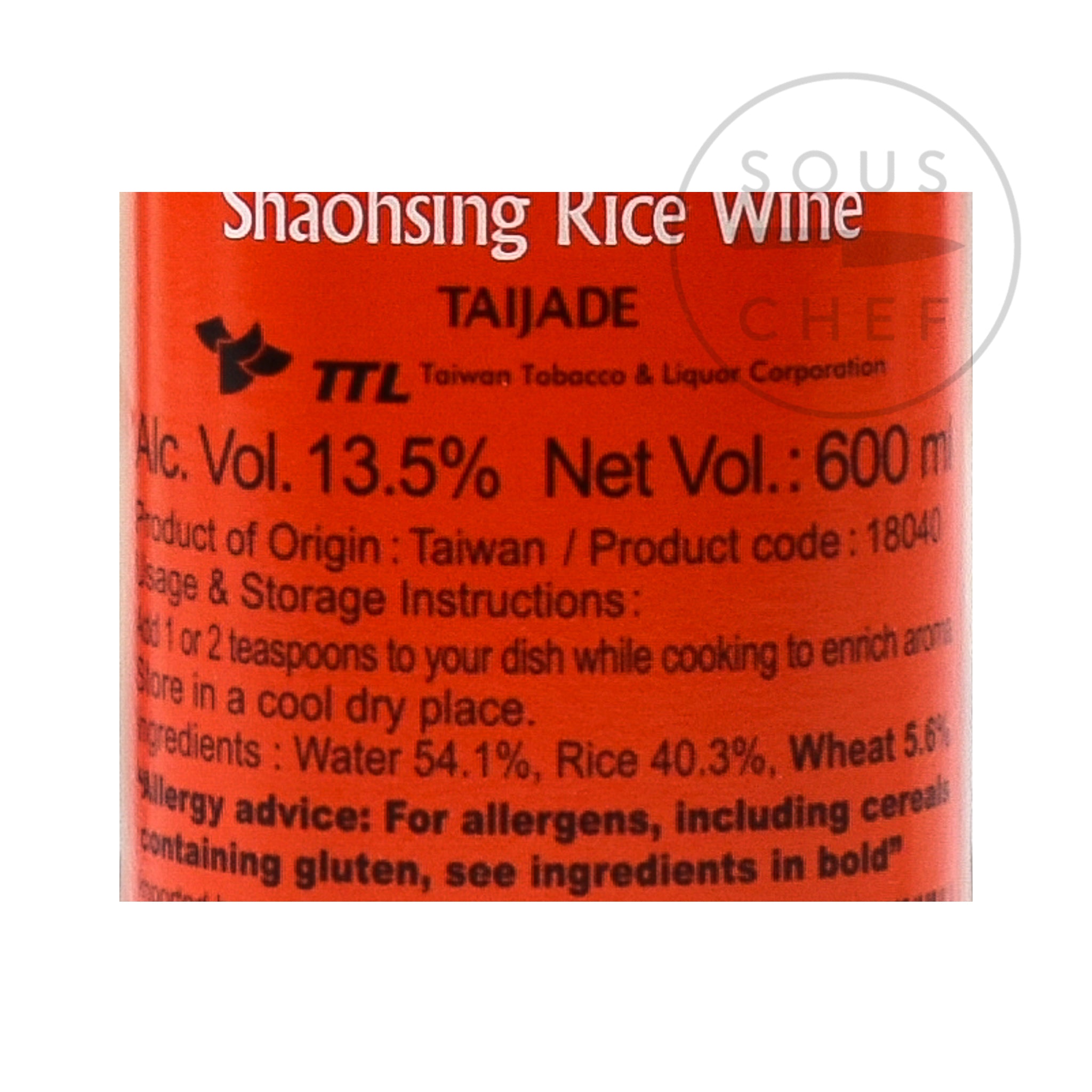

If you want to come closer to rice and Shaoxing wine, find a sake variant that has more aminosan-do, aka more acidity and sweetness. In terms of taste, sake can encompass flowery, fruity, herbal, and even spicy aromas. While rice wine is also distilled, sake stops at fermentation. It’s lighter than its Chinese relative from Shaoxing province, but it can bring a sweeter touch to the dish. Sake is made from rice and it has a sweet flavor. This is a Japanese staple, but it can easily replace Chinese cooking wine in any recipe.

SakeĪ good option for a substitute for rice and Shaoxing wine is sake especially cooking sake. But make sure to add just a little less than the recipe calls for since the flavors of sherry are stronger and could overpower the food. Its sweet and nutty flavors come very close to Shaoxing and rice wine. In fact, dry sherry is the next best thing to Shaoxing wine. Dry Sherryĭry sherry is a suitable rice wine substitute for cooking. But all are ways for you to stick to your planned dish. Some of the following substitutes are likely to be in your kitchen, others are popular among Asian food aficionados. In either case, you can find alternatives so you don’t have to abandon the dish. Perhaps you’re getting ready to make your famous Chinese lettuce wraps and realize you’re out of rice wine, or you’re just starting out cooking Asian food and you just don’t have any. Sake is the Japanese rice wine for drinking.ġ8 Shaoxing wine alternatives & rice wine subs for you to try.Mirin is the Japanese rice wine for cooking.Shaoxing rice wine is the Chinese variant (and is more often than not the one that is referred to as rice wine).Its aromatic, tart, tangy, sweet flavors enrich the dish, but there are many ways to replace it if you don’t have it around. Rice wine is used in Asian food to boost flavor and texture. The result is a tangy, sweet liquid with a high alcohol content (about 18 to 25%). It is an alcoholic beverage made from brewing and distilling fermented rice. What is Rice Wine?Īlthough rice wine is branded as wine, it is more like a beer since it’s made from fermenting cereals. Both wines add depth and complexity to many recipes since they are so versatile!įrom stir fry sauces to fried rice, from glazes and braises to soup broths, from marinades to spring rolls, from the famous Kung Pao Chicken to Chop Suey, they are all enhanced with a splish-splash of rice wine. Rice wines and the Chinese wine from the region of Shaoxing are used to add a touch of acidic, a little salty flavor, and a fragrant smell. Both these wines are made from distilling fermented rice the only difference being that wheat is added to Shaoxing wine before fermentation. The traditional taste of Asian food comes, more often than not, from adding a touch of rice or Shaoxing wine. But if you’re just starting with Asian fusion, you may want to look for a substitute for rice wine or Shaoxing wine, in case you don’t have any, as many dishes call for them. If you are a fan of Asian cuisine, you probably know that most times the amazing taste of every Chinese and Japanese dish comes from adding a splash of cooking rice wine or vinegar.


 0 kommentar(er)
0 kommentar(er)
